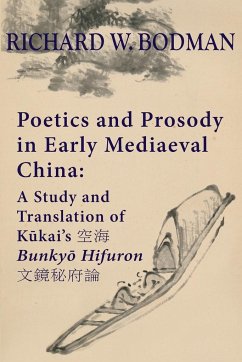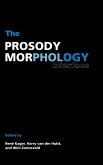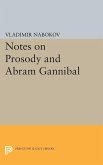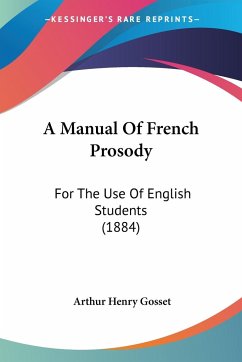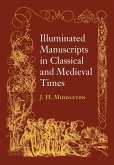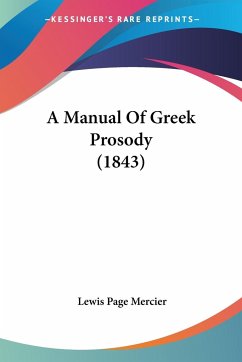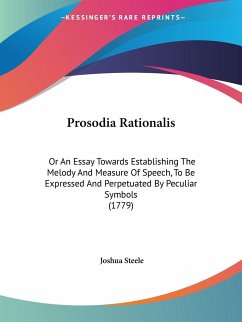Bodman's study and translation of the Bunkyö hifuron is a carefully revised edition of his 1978 Ph.D. thesis at Cornell University. Never previously published, this Quirin Press Edition offers the following features: •Older Wade-Giles transliteration fully updated and revised to Pinyin. • Carefully typeset and proofed for typographical errors and inconsistencies. • Index & bibliography. • Fully revised and updated by the author. Keywords: Poetics. Chinese language -- Versification. Asian philology. Chinese poetry -- History and criticism. "Compiled in 819 the Bunkyö hifuron ¿¿¿¿¿ (Chinese: Wenjing mifu lun) is a unique collection of Chinese writings on poetics and prosody, most of which were lost in China after the Tang dynasty. They owe their preservation to the monk Kükai ¿¿ (774-835), founder of the Shingon sect of Buddhism in Japan, who collected some of the earliest discussions of the "four tones and eight faults" of Shen Yue ¿¿ (441-513) as well as several important works of literary criticism, chief among which is the Shige ¿¿ of theTang poet Wang Changling ¿¿¿ (698-757). It is hence an invaluable source for studying the development of Chinese shi ¿ poetry from the Six Dynasties to the mid-Tang. "[The Bunkyö hifuron] was clearly designed to be a systematic and comprehensive introduction to Chinese literature, edited to omit the repetitions and contradictions in the Chinese authorities from which it was compiled. Its six chapter titles form a mandala of the literary universe: The "Heaven" chapter deals with tones and rhymes; "Earth" with models of different styles of writing; "East" and "West" with the problems of composing couplets and avoiding prosodic errors; "South" with literary theory; and "North" with lists of useful phrases and synonyms. Fourteen texts from which the Bunkyö hifuron was compiled have been identified, eleven of which were subsequently lost in China. Kükai is thus responsible for only a very few sections of the work. His major role was to edit and re-arrange material and to provide suitable headings. While he occasionally inserted a Chinese text intact, he more frequently divided an original work into pieces and scattered them under a number of headings." Adapted from Richard Bodman's Bunkyö hifuron entry to The Indiana Companion to Traditional Chinese Literature, ed. William H. Nienhauser, (Indiana University Press, 1986) Bodman's present study and translation of the Bunkyö hifuron is a carefully revised edition of his 1978 Ph.D. thesis at Cornell University. Never previously published except for the University Microfilms edition, Poetics and Prosody in Early Mediaeval China has always been and remains the key work of reference in Tang poetics and literary theory. For further details and extracts visit QuirinPress.com
Hinweis: Dieser Artikel kann nur an eine deutsche Lieferadresse ausgeliefert werden.
Hinweis: Dieser Artikel kann nur an eine deutsche Lieferadresse ausgeliefert werden.

